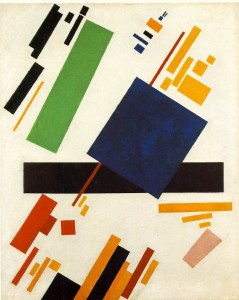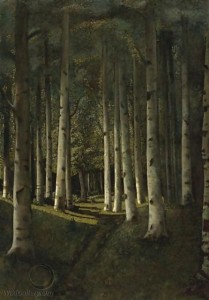Mark Mazower’s book Dark Continent and the film Battleship Potemkin provide insights into the causes of the Russian Revolution and the victory of the Bolsheviks over the other political parties of the time. Although the film does not go into as much depth as Mazower’s book, both address the motivations behind the violent overthrow that occurred in Russia after World War I.
Mazower details the different types of governments that succeeded each other during the interwar period in Europe, from the autocratic Tsarist Empire to Bolshevism to communism. The Tsarist Empire was the highest authority in Russia but the working class and peasant population of Russia no longer wanted to accept an autocratic, repressive government. The workers and peasants of Russia believed that their voices were never heard and were suffering from massive food shortages and lack of land rights. After the overthrow of the Tsar, Russian liberals thought that the lower classes would accept a constitutional government, but as Mazower points out: “ Russia’s liberals turned out to be the first, but not the last, to assume mistakenly that a deep-rooted social crisis could be solved by offering “the people” constitutional liberties. Such liberties were not what “the people”- and especially Russia’s fifteen million peasant conscripts—wanted. (Mazower 11). The people of Russia wanted land, food and respect. The liberal bourgeoisie did not offer a solution to these needs and the workers and peasants opted for a radical revolution that claimed to vest power in the proletariat, or working class.
The 1925 silent Russian propaganda film, Battleship Potemkin, depicts the oppression of sailors on the battleship and of common Russian by the Tsar’s armed forces in Odessa. The film shows the resilient behavior of the sailors and Odessans (workers) as they stand up for themselves in the face of Tsarist repression. The sailors rebel against their officers at sea, while workers and common Russians oppose the Tsarists on land. Throughout the movie, the quote “All for one, one for all” appears frequently, demonstrating that as early as the Potemkin mutiny of 1905, the people of Russia began to unify against the tyranny of the Tsarist government. The most dramatic depiction of that tyranny is the violent massacre of innocent Odessans by the soldiers of the Tsar.
In both the book and the film, one can see that the common people of Russia were crying for help. They wanted to be heard, but the Tsarist autocracy turned a deaf ear to their appeals. After the overthrow of the Tsar, the liberal provisional government did nothing to reassure the people that its voice would be heard. The people ultimately opted for a radical political solution proposed by the Bolsheviks that promised them a central role in the division of property and wealth.

 He would teach in Moscow for a time before dying St.Petersburg in 1935. Eventually, his grave was lost due to the rapid suburban expansion during and following the Second World War but his remains were rediscovered quite recently during construction in the area.
He would teach in Moscow for a time before dying St.Petersburg in 1935. Eventually, his grave was lost due to the rapid suburban expansion during and following the Second World War but his remains were rediscovered quite recently during construction in the area.
